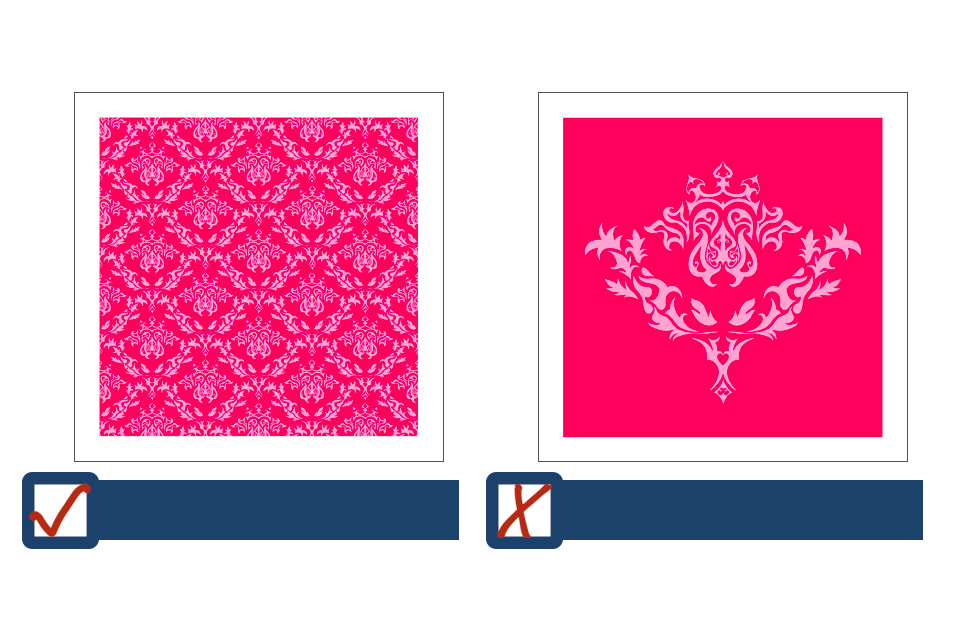Intellectual Property Office

2.01
Section 1 of the RDA provides a definition of what constitutes a design:-
| Section 1 states: |
| (1) A design may, subject to the following provisions of this Act, be registered under this Act on the making of an application for registration. (2) In this Act design means the appearance of the whole or a part of a product resulting from the features of, in particular, the lines, contours, colours, shape, texture or materials of the product or its ornamentation. |
In the context of Section 1, the following paragraphs provide standard information on various elements of design which may be suitable for protection under the RDA, and which are specifically listed in the aforementioned provisions.

